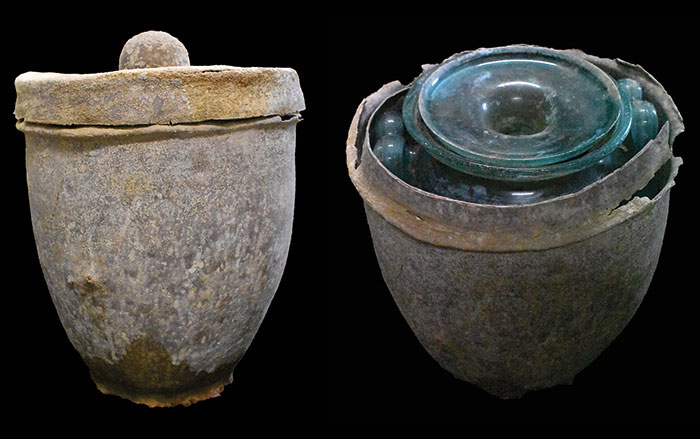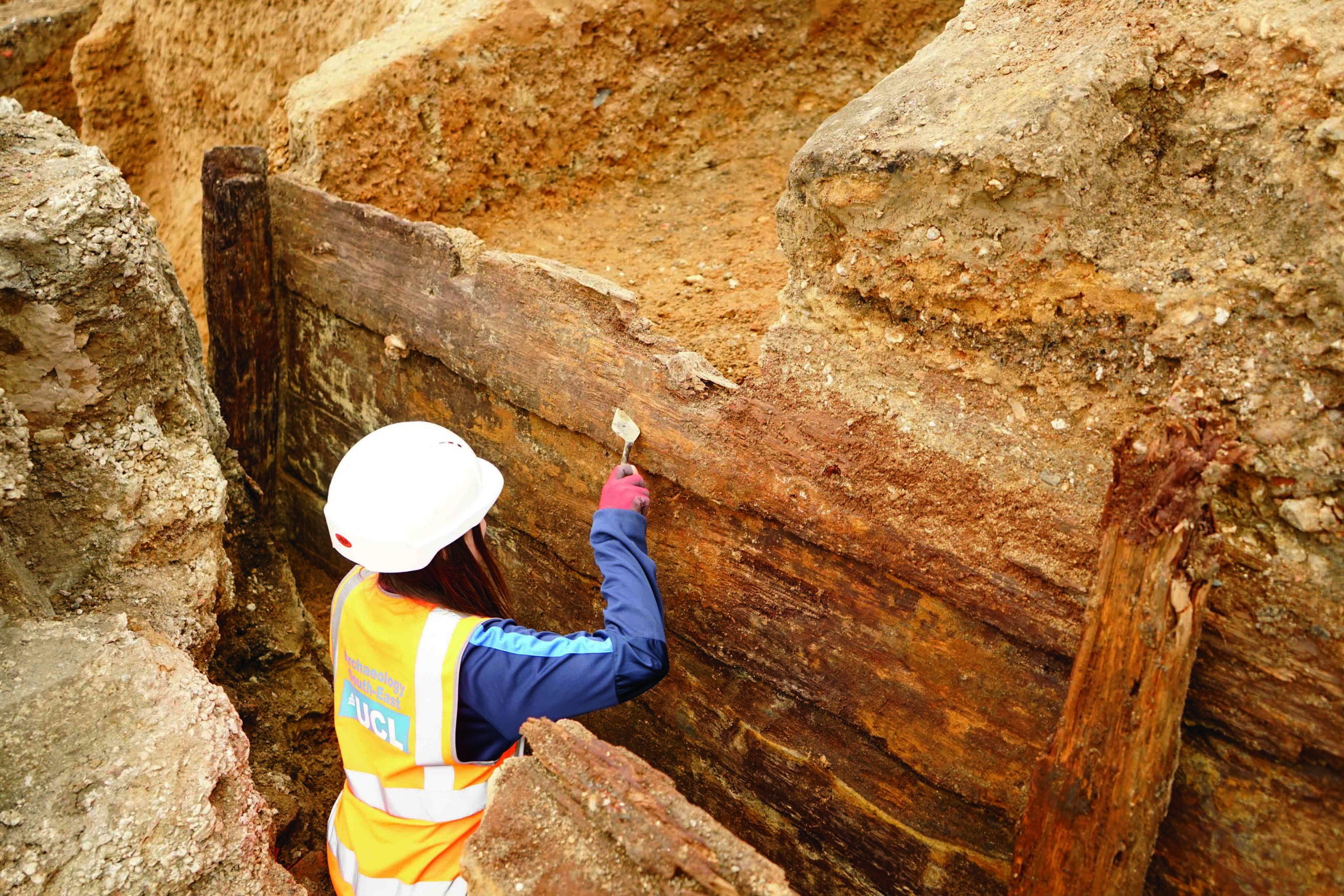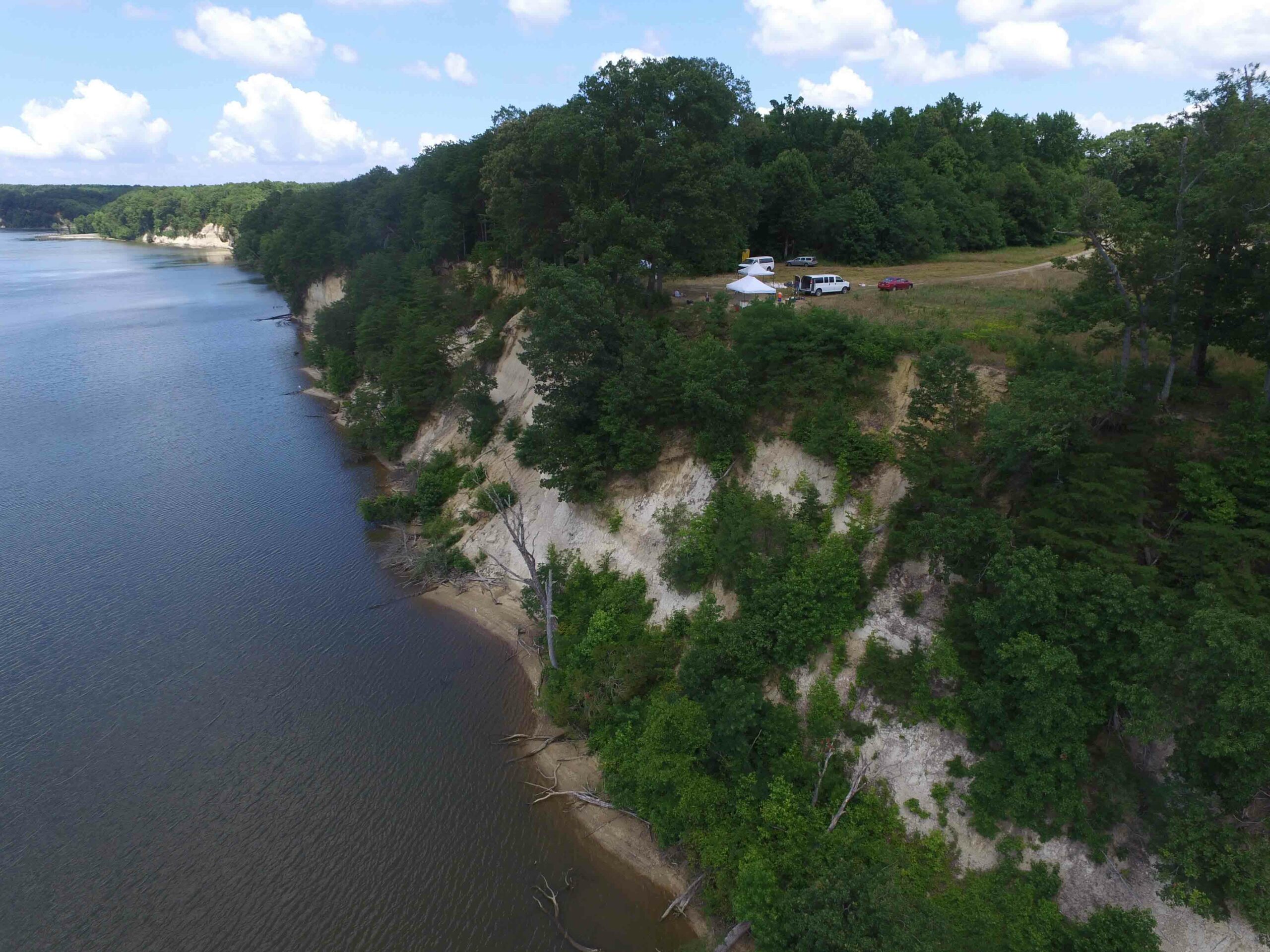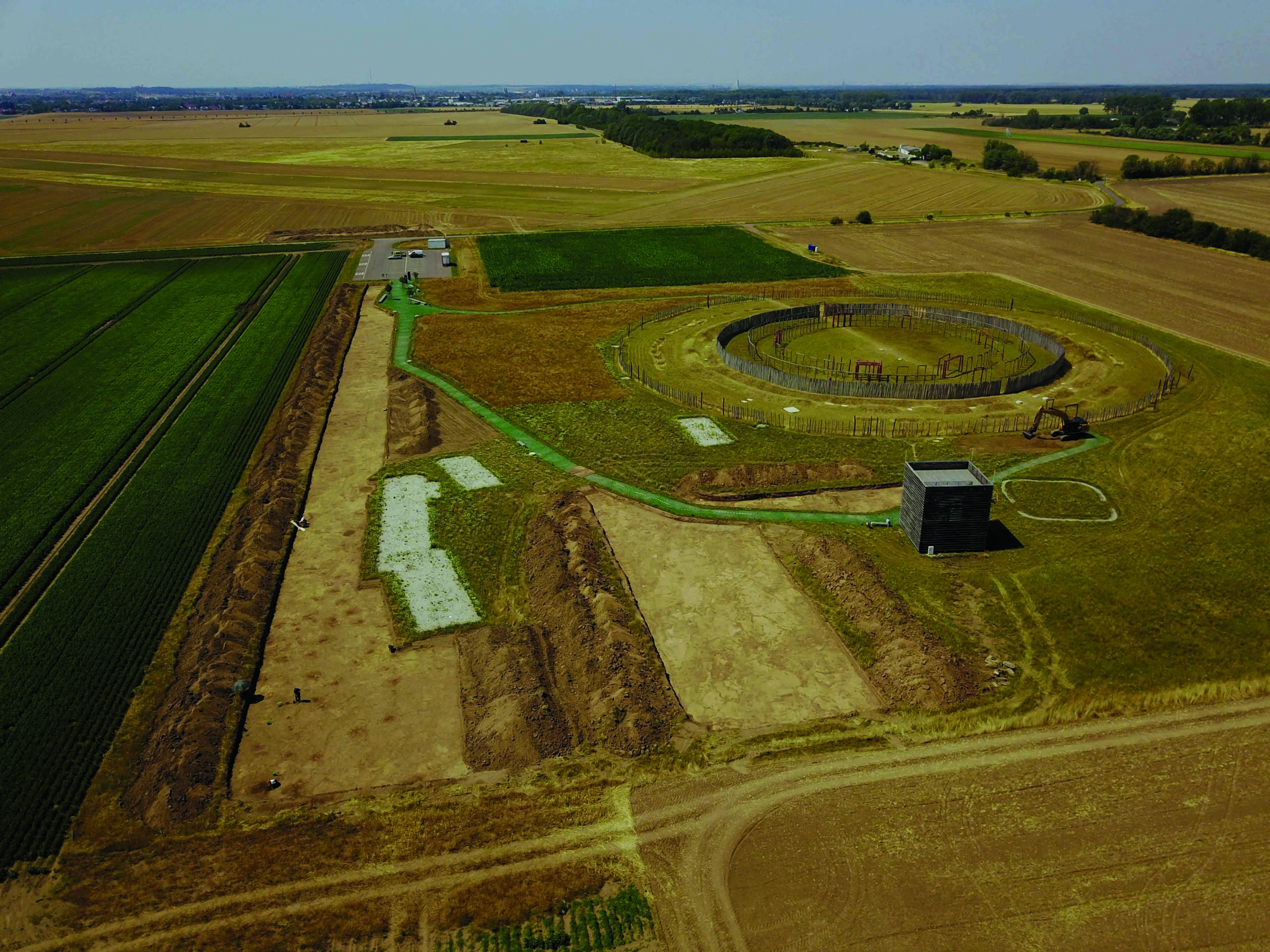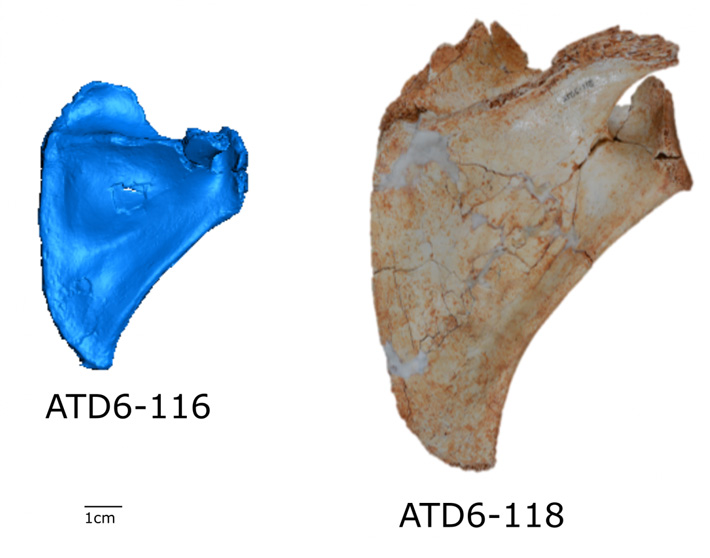
BURGOS, SPAIN—According to a statement released by Spain's National Center for Research on Human Evolution (CENIEH), paleoanthropologists Daniel García Martínez and José María Bermúdez de Castro of CENIEH and David Green of Campbell University evaluated the shape and development of the delicate, flat shoulder bone, or scapula, of the 850,000-year-old remains of a Homo antecessor child and an adolescent unearthed at the Grand Dolina site in northern Spain’s Sierra de Atapuerca. The researchers then compared the shape of these well-preserved shoulder blades to those of Australopithecus sediba, which lived about 1.98 million years ago; Australopithecus afarensis, which lived between about 3.9 and 2.9 million years ago; modern humans; and chimpanzees. They found that the Homo antecessor shoulder blades were more similar to those of upright modern humans. This suggests that Homo antecessor individuals were probably not skilled climbers, but may have been physically able to throw stones or spears accurately. The growth of these bones, however, when compared to dental development, appears to have occurred more rapidly in Homo antecessor than in modern humans. Read the original scholarly article about this research in Scientific Reports. To read about footprints that were probably made by Homo antecessor nearly one million years ago, go to "England's Oldest Footprints."



